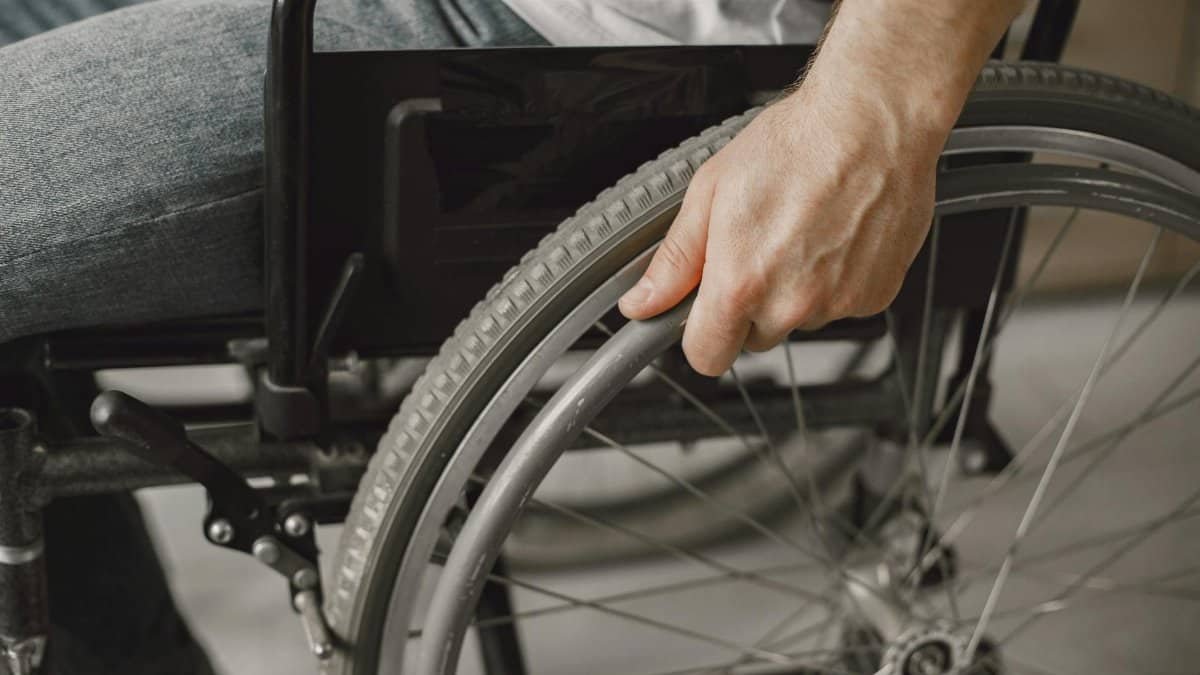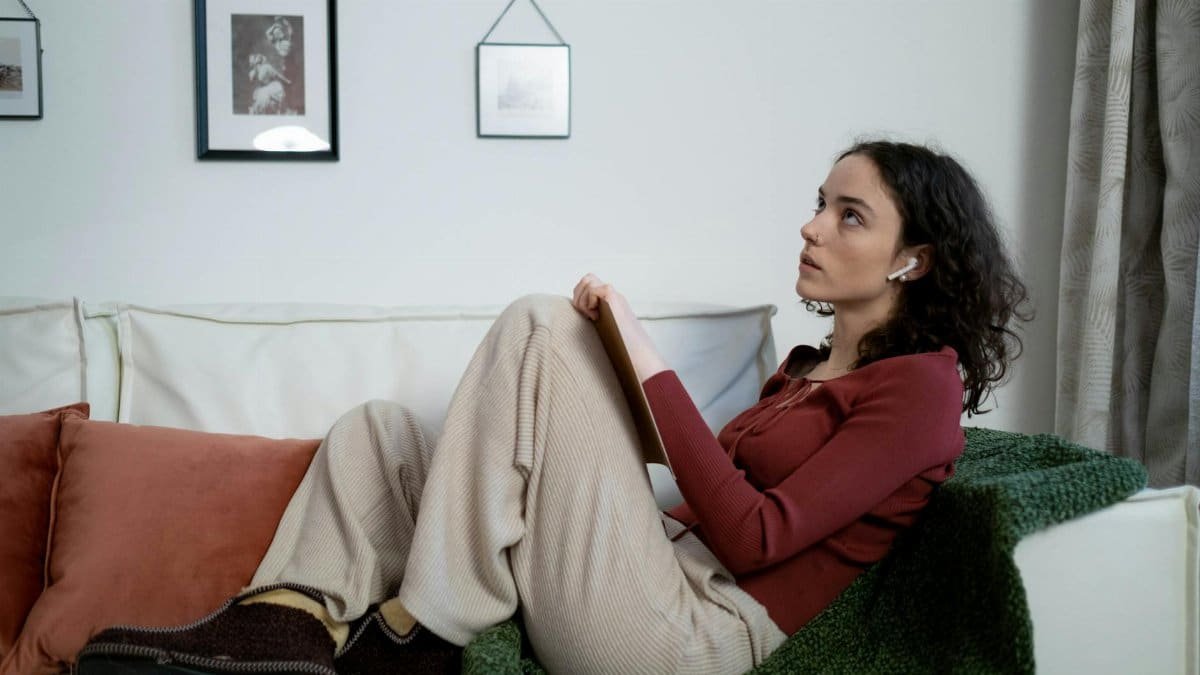Could a virtual reality headset change the way we find calm in a chaotic world? For many Americans juggling endless to-do lists and digital distractions, the search for mental clarity feels more urgent than ever. Enter the breath VR study—a growing body of research exploring how guided breathing in immersive virtual environments might enhance meditation. Unlike traditional methods where focus often wanders, these studies suggest VR could anchor attention through sensory-rich landscapes and real-time biofeedback. It’s not just tech for tech’s sake; early findings hint at measurable gains in stress reduction and mindfulness. As we navigate wellness trends in 2025, this fusion of ancient practice and cutting-edge tools raises a compelling question: might slipping on a headset outperform sitting silently on a cushion?
The Science Behind Breath-Guided VR

At its core, breath-guided VR meditation uses technology to sync breathing patterns with visual and auditory cues in a simulated environment. Think of a serene forest where the rustling leaves match your inhale and exhale, or a gentle voice nudging you to slow down as your heart rate spikes. Research from institutions like Stanford University points to why this might work. A 2021 study found that VR meditation can increase feelings of relaxation by up to 25% compared to non-immersive methods, largely due to the brain’s response to multi-sensory input. You can explore their findings at Stanford Virtual Human Interaction Lab. The immersive setup seems to trick the mind into deeper focus, especially for beginners who struggle with traditional silence.
But it’s not just about pretty visuals. Biofeedback—tracking breath or heart rate via sensors—adds a layer of personalization. When a user’s breathing becomes erratic, the VR system might dim the scene or soften the sounds, signaling the need to recenter. This real-time adjustment is a game-changer for those who find their thoughts racing during standard meditation. It’s less about willpower and more about gentle, tech-assisted guidance.
Comparing Focus: VR Versus Traditional Meditation

One of the most striking claims from breath VR studies is the potential to double focus time. A 2023 report from the University of California, San Francisco, noted that participants using VR meditation sustained attention for an average of 20 minutes, compared to just 10 minutes in unguided, traditional sessions. Details of their ongoing research into digital mindfulness tools are available at UCSF Mindfulness Research. Why the difference? VR’s controlled environment minimizes external distractions—there’s no phone buzzing or street noise to pull you away.
Contrast this with a typical meditation class, where a wandering mind often battles mundane interruptions. VR creates a bubble, a curated space where the only input is what’s designed to keep you grounded. For middle-aged adults, often pressed for time and patience, this efficiency could make mindfulness feel less like a chore and more like a brief, achievable escape.
Stress Reduction: Measurable Gains

Beyond focus, breath VR studies highlight stress reduction as a key benefit. A study published in the Journal of Medical Internet Research found that participants who engaged in VR-guided breathing exercises reported a 30% drop in perceived stress levels after just two weeks. The full paper is accessible via Journal of Medical Internet Research. The theory is that VR amplifies the parasympathetic response—essentially, it helps the body shift into “rest and digest” mode faster than traditional methods.
Imagine a 50-year-old office manager, shoulders tense from deadlines, slipping on a headset after lunch. Within minutes, guided by a soft voice and the visual of a calm lake, their breathing slows. Heart rate dips. It’s not just anecdotal; the data backs up the physiological shift. For many, especially those skeptical of meditation’s “woo-woo” reputation, seeing tangible metrics through VR apps offers a reassuring bridge to belief.
Accessibility and Appeal for Everyday Users

VR meditation isn’t just for tech enthusiasts. Its appeal lies in accessibility—both in ease of use and in reaching those who’ve dismissed traditional mindfulness. A Pew Research Center survey from 2022 noted that nearly 40% of Americans over 40 express interest in tech-driven wellness tools, a trend likely to grow in 2025. More on their data can be found at Pew Research Center Technology Studies. Headsets, once clunky and expensive, are now lighter, with entry-level models under $300. Apps tailored for breath-guided sessions often come free or at low cost.
Consider a suburban parent who’s never meditated a day in their life. They’re not about to join a retreat, but a 10-minute VR session at home, gamified with progress tracking, feels doable. Online discussions often reveal a common sentiment: “I didn’t think I could meditate until I tried this—it’s like someone’s holding my hand through it.” That low barrier to entry is turning skeptics into practitioners.
Challenges and Limitations to Consider

Yet, breath VR studies aren’t without critique. Some researchers caution against over-reliance on technology for something as personal as mindfulness. There’s a risk of disconnection—ironic, given VR’s immersive pull. If the headset becomes a crutch, what happens when it’s unavailable? Traditional meditation, for all its difficulty, builds resilience through unassisted practice. Plus, not everyone adapts to VR; about 10-15% of users report nausea or disorientation, a hurdle for wider adoption.
Cost remains a barrier too. While prices are dropping, not every household can justify the upfront investment, especially when free guided meditations are a click away on any smartphone. And there’s the question of data privacy—biofeedback means sharing sensitive health metrics with apps, a concern for the wary. These tensions remind us that tech, even promising tech, isn’t a universal fix.
Real-World Impact: Who Benefits Most?

So, who stands to gain from breath-guided VR? Early adopters include those with high-stress jobs—think healthcare workers or corporate executives—who crave quick, effective relief. It’s also catching on with older adults managing anxiety or chronic pain, as the distraction of a virtual world can dull physical discomfort. One hospital trial in Chicago saw patients using VR meditation pre-surgery report lower anxiety scores, a small but telling snapshot of potential.
Then there’s the generational angle. Middle-aged users, often stuck between caregiving and career pressures, find VR’s structured approach fits their limited time. A colleague once described a user’s take: “It’s the only way I can shut off my brain for 15 minutes.” That resonates. For a demographic stretched thin, breath VR studies suggest a tailored lifeline—one that doesn’t demand hours of practice to see results.
The Bigger Picture: Redefining Mindfulness

Stepping back, the rise of breath VR studies signals a broader shift in how we approach mental health. Mindfulness, once the domain of retreats and yoga studios, is becoming democratized through technology. It’s not about replacing tradition but expanding access. As headsets improve and research deepens, VR could integrate into schools, workplaces, even therapy offices, reshaping wellness in 2025 and beyond.
Yet, there’s a quiet tension worth noting. Can a machine-mediated experience ever match the raw, human connection of breathing in sync with a group, or the discipline of sitting with discomfort? Perhaps the answer isn’t either-or. Breath-guided VR might simply be a stepping stone—a way to meet people where they are, headset or not, in a world that rarely slows down.
